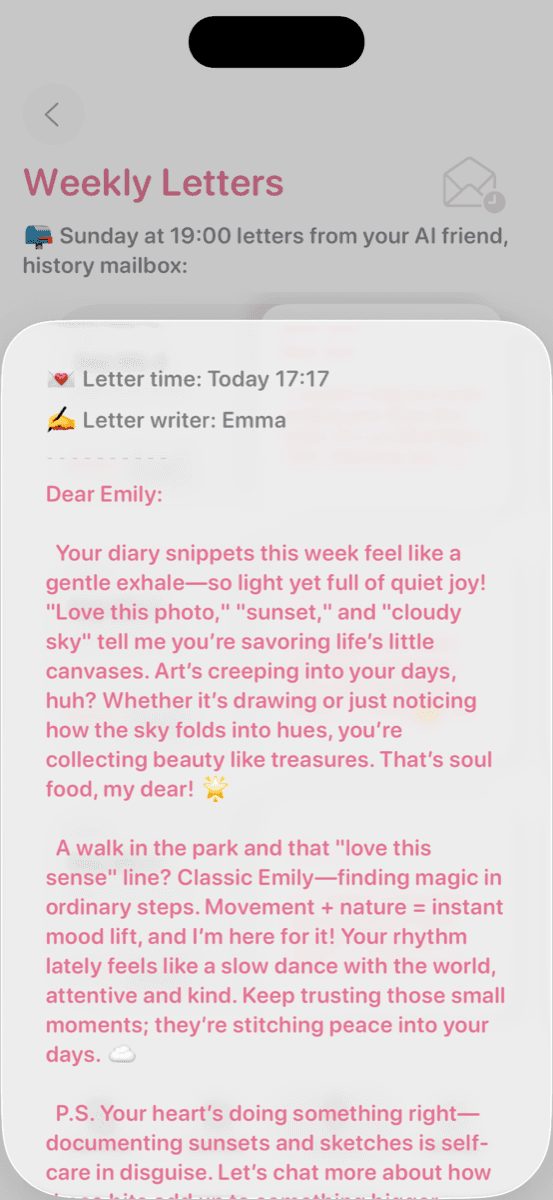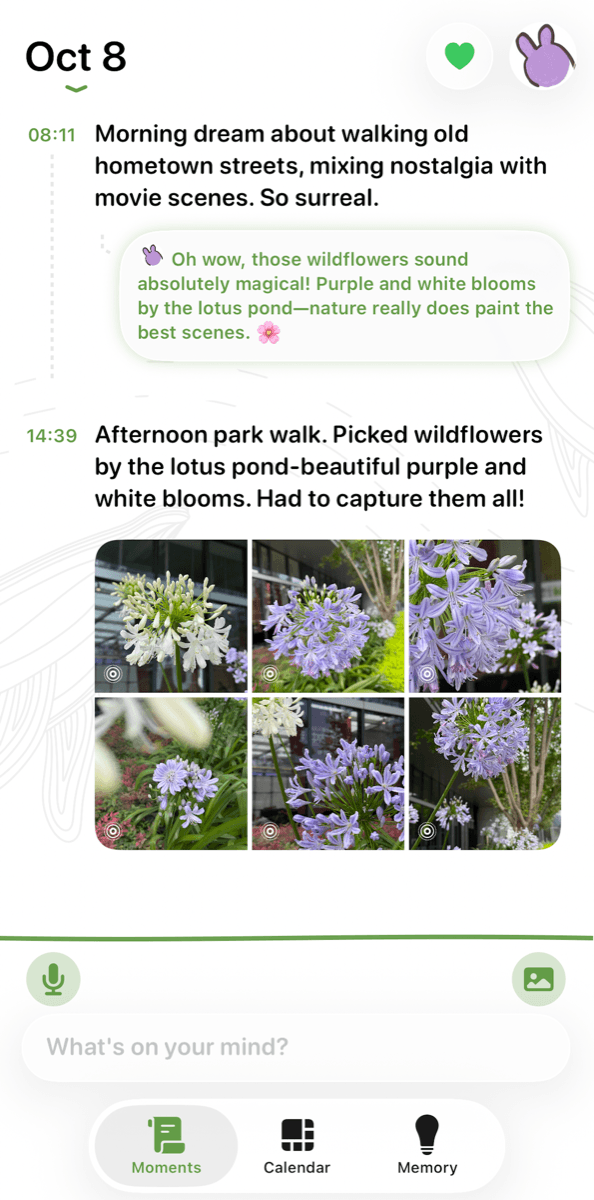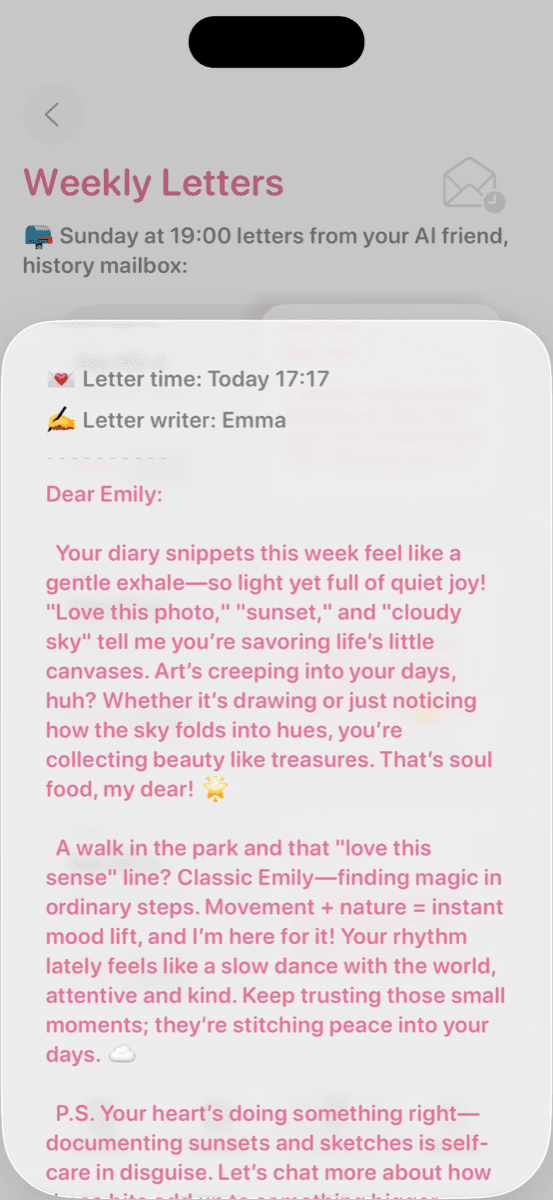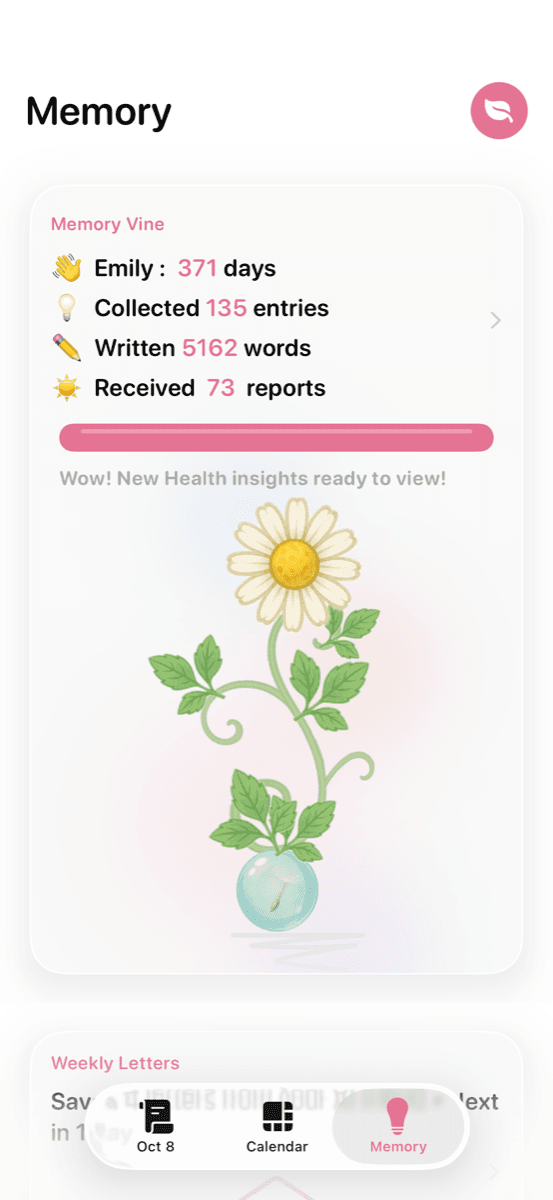The handwritten journal romantics and digital app enthusiasts disagree passionately.
Here's what research actually shows about which method is better for mental health.
(Spoiler: The answer isn't what you think.)
The Case for Handwritten Journaling
Benefits:
1. Deeper Cognitive Processing
- Writing by hand activates more brain regions than typing
- Engages fine motor skills, visual processing, memory centers
- Slower pace allows more reflection
- Research confirms: handwriting improves memory retention
2. No Tech Distractions
- Can't switch to social media mid-entry
- No notifications interrupting reflection
- Fully present with thoughts
- Reduces screen time
3. Sensory Experience
- Tactile satisfaction of pen on paper
- Smell of paper and ink
- Physical movement of writing
- Aesthetic pleasure (beautiful journals)
4. Privacy and Security
- No cloud storage hacking risk
- No data collection by apps
- Physical control over your words
- Can destroy if needed
5. No Battery Required
- Works anywhere, anytime
- No tech failures
- Will exist in 50 years (digital formats change)
Limitations:
- Time-consuming: Writing by hand is 2-3x slower than typing
- Requires dedicated space: Need desk, good lighting, time
- Not searchable: Can't find old entries easily
- Handwriting legibility: Some people can't read their own writing
- No pattern analysis: Manual review required to see trends
- Lost/damaged risk: One fire = entire journal history gone
- Inconsistency issues: Forgetting journal at home, traveling
The Case for Digital Journaling
Benefits:
1. Speed and Efficiency
- Typing is 2-3x faster than handwriting
- Voice-to-text even faster (150+ words/min)
- More thoughts captured in less time
- Easier to journal during busy periods
2. Multiple Input Methods
- Type, speak, photo, or combine
- Match method to energy level each day
- Voice notes while commuting
- Photos when words fail
3. Searchable and Analyzable
- Find old entries instantly
- Search by keyword, date, mood, topic
- Automated pattern recognition
- Visual mood calendars
- Correlation analysis (mood vs. sleep, activities, etc.)
4. Always Accessible
- Phone always with you
- Cloud sync across devices
- Can journal anywhere
- Reminders and prompts
5. Better Long-Term Consistency
- Lower friction = better adherence
- Research shows 40% better consistency vs. handwritten
- Convenience wins for habit formation
6. AI Assistance and Insights
- Prompts when stuck
- Pattern identification you'd miss
- Conversational journaling
- Weekly summaries and insights
7. Backup and Security
- Cloud backup (never lose entries)
- Password/biometric protection
- Encrypted storage
- Can be more private than physical journal
Limitations:
- Screen fatigue: More screen time
- Shallow processing debate: Typing less engaging than writing?
- Tech dependence: Battery, internet, devices
- Subscription costs: Premium apps can be expensive
- Privacy concerns: Data security, AI training on entries
- Less romantic: Not the same sensory experience
What Research Actually Shows
Retention and Processing:
TRUE: Handwriting activates more brain regions.
ALSO TRUE: Digital journaling shows equal mental health benefits in clinical studies.
Conclusion: Processing matters more than medium. Both work if you actually reflect.
Exception: If you're a very slow writer, digital wins on processing (you capture more before forgetting).
Consistency and Adherence:
Research finding: Digital journaling has 40% better long-term adherence.
Why: Convenience reduces friction. Lower friction = better habit formation.
The key insight: The best journal is the one you'll actually use consistently.
Mental Health Outcomes:
Anxiety reduction: Both show similar 20-30% decrease
Depression improvement: Both effective (15-25% symptom reduction)
Stress management: Equal benefits
Digital advantage: Pattern recognition helps identify specific triggers faster.
Handwritten advantage: May provide deeper emotional processing for intensive sessions.
Verdict: No clear winner for mental health benefit. Both work.
The Hybrid Approach (Best of Both Worlds)
Many mental health professionals recommend combining methods:
Strategy 1: Daily Digital + Weekly Handwritten
- Digital for quick daily check-ins (mood tracking, voice notes)
- Handwritten for weekly deep reflection
- Digital captures data, handwritten processes deeply
Strategy 2: Review Digital, Reflect Handwritten
- Use digital journal for daily tracking
- Review mood calendar weekly
- Write handwritten reflection on discovered patterns
Lifelight example: "I use Lifelight for automatic mood detection, photo journal entries, and quick voice notes throughout the day. This captures the data and patterns. Then weekly, I review my Lifelight mood calendar and write a handwritten reflection on the week's patterns. The digital tool reveals WHAT the patterns are. The handwritten exploration reveals WHY. Together, they're more powerful than either alone."
Strategy 3: Context-Based Choice
- Morning pages: Handwritten
- Evening mood check: Digital
- Therapy prep: Digital (searchable)
- Emotional processing: Handwritten
- Pattern tracking: Digital
Decision Framework: Which Is Right for You?
Choose Handwritten If:
- ✅ You have dedicated journaling time (not rushed)
- ✅ You find writing meditative
- ✅ You value the sensory experience
- ✅ You don't need quantitative pattern tracking
- ✅ Privacy is paramount concern
- ✅ You want to reduce screen time
- ✅ You enjoy aesthetic journaling
Choose Digital If:
- ✅ You need speed and convenience
- ✅ You want pattern analysis and insights
- ✅ You journal on-the-go
- ✅ You struggle with consistency
- ✅ You want multiple input methods (voice, photo, text)
- ✅ You value searchability
- ✅ You want AI guidance
Choose Hybrid If:
- ✅ You want both depth AND consistency
- ✅ You like variety in methods
- ✅ You have different needs for different contexts
- ✅ You want quantitative patterns AND qualitative exploration
Special Considerations by Condition
For ADHD:
Digital wins: Reminders, multiple input methods, less friction
Exception: If you hyperfocus on aesthetic journaling, handwritten might work
For Anxiety:
Digital has edge: Immediate access during panic, pattern analysis reveals triggers
But: Handwritten can be grounding ritual for some
For Depression:
Digital better for low-energy periods: Voice notes, minimal effort tracking
Handwritten can feel too effortful when depressed
For Trauma Processing:
Both effective with therapy guidance
Handwritten may feel safer: More control, no digital trace
Digital easier to share: With therapist for guided processing
For Gratitude Practice:
Either works equally well
Digital advantage: Photo integration for visual gratitude
The Verdict
Neither is objectively "better."
Handwritten journaling offers:
- Deeper processing per session
- Sensory richness
- Screen-free reflection
Digital journaling offers:
- Convenience and consistency
- Pattern recognition
- Multiple input methods
- AI-assisted insights
For most busy people with mental health goals: Digital journaling (or hybrid approach) provides the consistency needed for measurable benefit.
For people with time and preference for ritual: Handwritten journaling provides depth and sensory satisfaction.
The real answer: The best method is whichever you'll maintain long-term.
My Recommendation
Try both for 2 weeks each. Track:
- Which you actually used consistently
- Which provided more insight
- Which felt sustainable
- Which matched your lifestyle
Then commit to one method (or hybrid) for 3 months minimum.
Benefits compound with consistency. The method that fits your life wins.
Final Thoughts
The digital vs. handwritten debate misses the point.
The best journaling method is the one that works with your brain, schedule, and goals—not against them.
Try both. Combine them. Switch when needed.
What matters is consistent self-reflection, not the medium.
Your mental health doesn't care whether you used a pen or a keyboard. It cares whether you showed up, paid attention, and learned from your patterns.
Start there.



